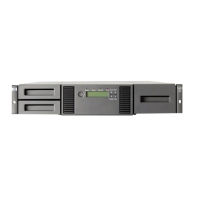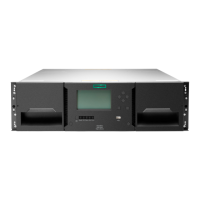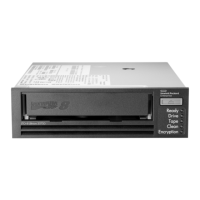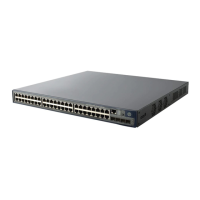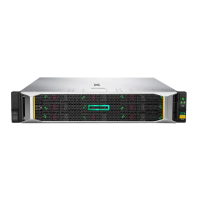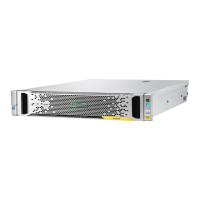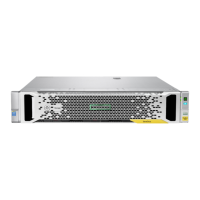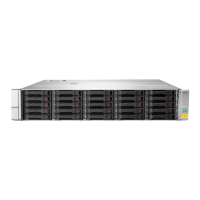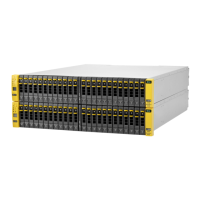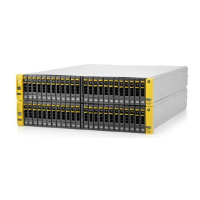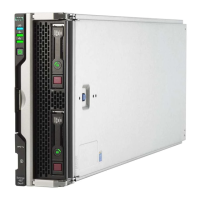Terminology Description
fault tolerance The capacity to cope with internal hardware
problems without interrupting the data availability of
the system, often by using backup systems brought
online when a failure is detected. Many systems
provide fault tolerance by using RAID architecture to
give protect against loss of data when a single disk
drive fails. Using RAID 1, 3, 5, 6, 10, or 50
techniques, the RAID controller can reconstruct data
from a failed disk drive and write it to a spare or
replacement disk drive.
FTP File Transfer Protocol is a standard Internet protocol
for transmitting files between computers on the
Internet over TCP/IP connections.
HBA Host bus adapter is a storage controller that enables
interconnections between a server and storage
elements such as tape drives and disk enclosures.
There are a variety of interface types available; the
Fibre Channel (FC) and serial-attached (SAS) HBAs
are the more commonly used.
HDD Hard disk drive is a data storage device that uses
magnetic storage to store and retrieve digital
information using one or more rotating disks
(platters) coated with magnetic material.
ICT Initial Configuration Tasks provides a list of actions
that must be performed during the initial setup and
configuration of a StoreEasy system.
iLO Integrated Lights-Out integrated into all HPE
platforms to provide remote management of the
system hardware.
iSCSI Internet small computer system interface. Like an
ordinary SCSI interface, iSCSI is standards-based
and efficiently transmits block-level data between a
host computer (such as a server that hosts Exchange
or SQL Server) and a target device (such as the HPE
All-in-One Storage System). By carrying SCSI
commands over IP networks, iSCSI is used to
facilitate data transfers over intranets and to manage
storage over long distances.
JBOD Stands for "just a bunch of disks" which are in a
storage enclosure that directly attaches to a storage
server.
Table Continued
About this guide 9
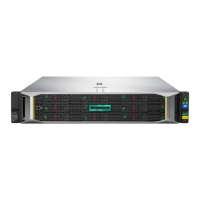
